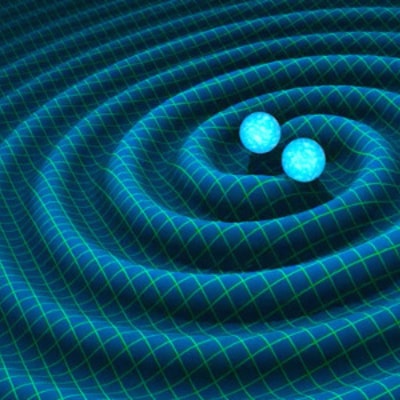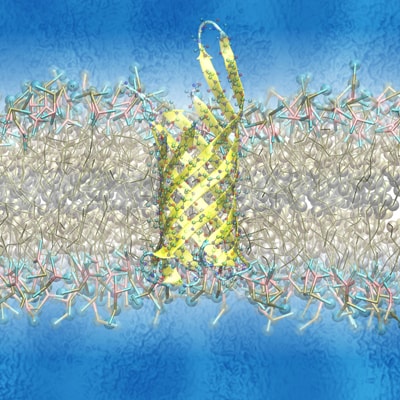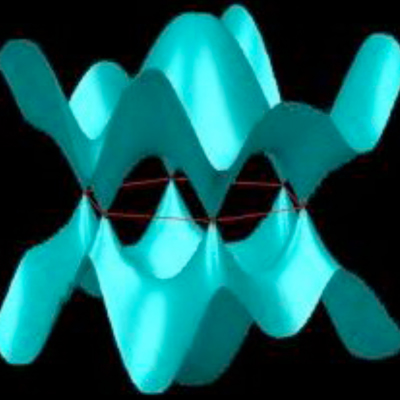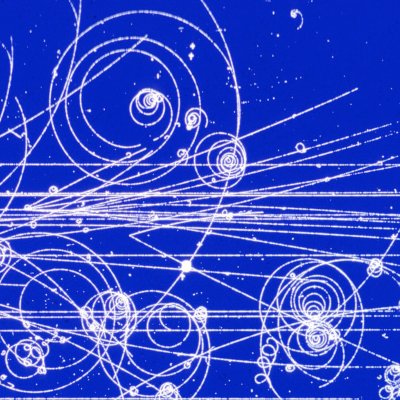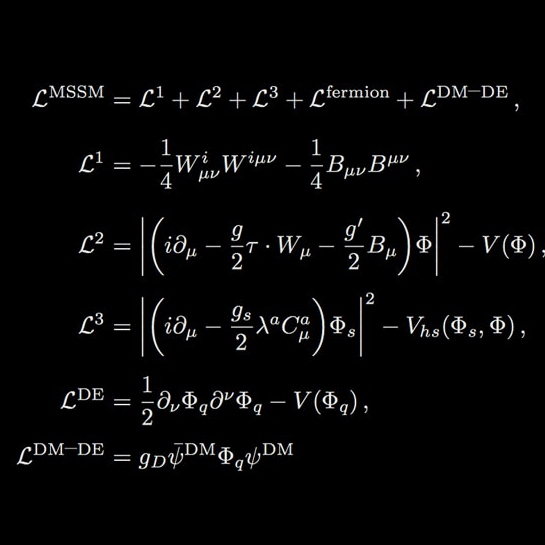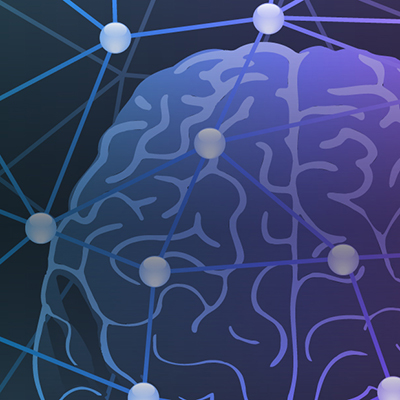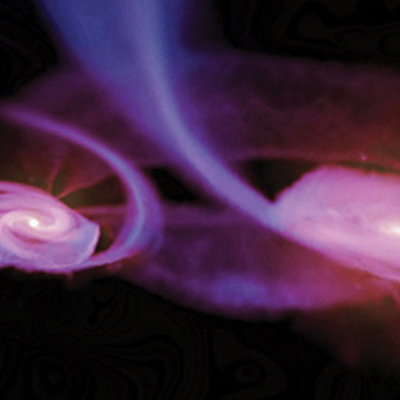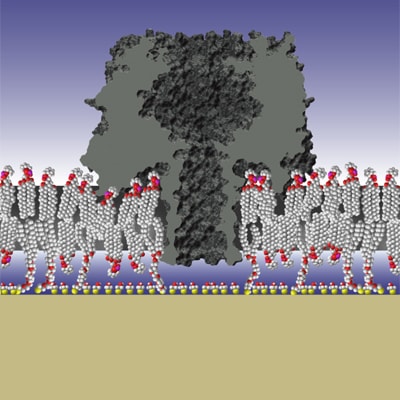About Us
The Physics Department at Carnegie Mellon University offers a broad range of OPTIONS FOR UNDERGRADUATES, a strong GRADUATE PROGRAM, and cutting-edge RESEARCH. We work on CMS at the Large Hadron Collider; on the KATRIN experiment that aims to measure neutrino mass; on experiments at JLab that probe nucleon structure; on a wide variety of cosmic surveys from optical to microwave in the McWilliams Center for Cosmology & Astrophysics; on nanophysics here and at the Advanced Photon Source at Argonne; and on biological membrane structure here and at NIST. Our theorists work with pencil and paper, with experimental colleagues, with the largest computers in the world, and with machine learning colleagues on campus.
We are a small department (10 staff members, more than 35 faculty, ≈ 20 postdocs, more than 80 graduate students, and many more undergraduates) so we do not do everything. But we aim for excellence in our chosen research areas: subatomic physics, quantum electronics, cosmology, and biological physics. Mentoring the next generations of scholars is our passion: we take all aspects of undergraduate and graduate education seriously, from ensuring that a music major can learn how his instrument works to beaming with pride when a fourth-year graduate student surpasses her supervisor’s knowledge of the cosmic microwave background.
Students, postdocs, and faculty at CMU work with one another, crossing sub-fields, so that, e.g., high-energy theorists write papers with biological physicists. We work with colleagues in other departments, especially engineering and computer science. And we have leadership roles in large international collaborations.
Come visit us. Like Pittsburgh, we are friendly and on the rise, looking towards the future.
CMU Physics is Expanding!
We frequently have openings for faculty and post-doctoral candidates.
